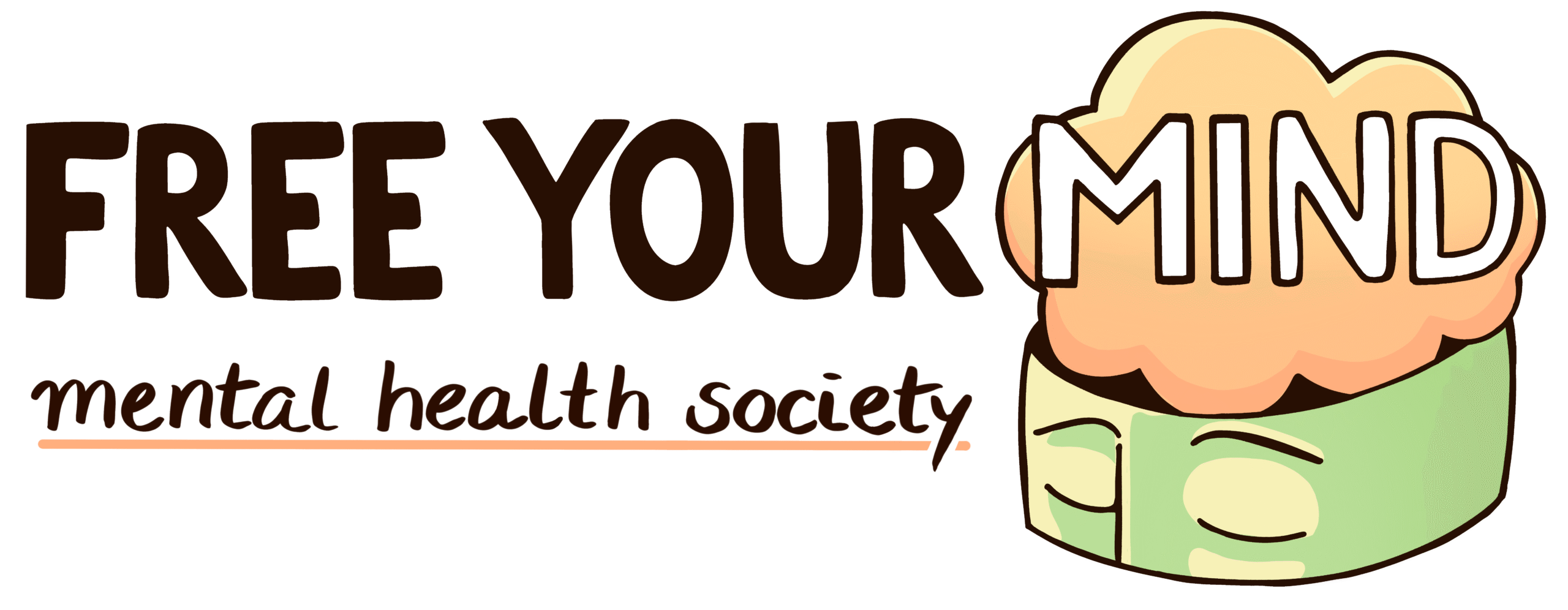Let’s begin with what meditation is. Defined by Headspace ”Meditation isn’t about becoming a different person, a new person, or even a better person. It’s about training in awareness and getting a healthy sense of perspective. You’re not trying to turn off your thoughts or feelings. You’re learning to observe them without judgment. And eventually, you may start to better understand them as well.”
Ok, but where and when is best to meditate?
Well Anywhere and anytime, meditation is about realigning, reflecting, and regrounding yourself mentally, physically, and spiritually. Consider this; you wake up one morning and decide to make a coffee, you make your coffee but then you drop your glass on the floor and coffee goes EVERYWHERE! You can curse, swear, and live in the negative for the rest of the day, or you can take a minute to meditate, readjust your situation, and reassure yourself that one, two, or six bad events are not going to ruin your day. Acknowledge what happened and let it go.So to answer the question you can meditate every morning you get up, by sitting or standing in your room. You can do it in the moment that something negative happens, you can do it in the shower, you can meditate on a mountain. These are just examples, in reality meditation does not need a space it just needs you to be open.
Why should I meditate?
Many studies show that meditation has a very positive effect on the brain and body.Such as:
- Stress reduction
- Taking on new perspectives
- Increases in self-awareness
- Reduction of negative emotions and thoughts
- Increasing patience and tolerance
- Increasing creativity and imagination
- Being able to focus on the present, etc. Such as an article written by Alvin Powell, about a study conducted by Harvard suggests that even in practical situations and non meditative tasks have shown a change in the brain.
“Desbordes’ research uses functional magnetic resonance imaging (fMRI), which not only takes pictures of the brain, as a regular MRI does, but also records brain activity occurring during the scan. In 2012, she demonstrated that changes in brain activity in subjects who have learned to meditate hold steady even when they’re not meditating. Desbordes took before-and-after scans of subjects who learned to meditate over the course of two months. She scanned them not while they were meditating, but while they were performing everyday tasks. The scans still detected changes in the subjects’ brain activation patterns from the beginning to the end of the study, the first time such a change — in a part of the brain called the amygdala — had been detected.”
If I have you sold on meditation, you maybe wondering. How do you Meditate?
Meditation is different for everyone, some sit in a specific position or at a specific place, some listen to soft music, some listen to audiobooks, or videos about meditation. In reality meditation is what you need. If you want to sit, sit close your eyes taking several deep breaths and just think, think about today, about yesterday what you learned, what hurt you, what made you happy, think about tomorrow, what you want to do, what you will not do, why you will or won’t do it. What scares you, why does it scare you? Just sit, or stand, breathe, and live in the present and open yourself to accepting both positivity and negativity.
Note: The Free Your Mind Mental Health Society is an independent youth-led organization. The contents of this blog are not intended to be a substitute for professional medical advice, diagnosis, or treatment. Always seek the advice of your physician or another qualified health provider with any questions you may have regarding a medical condition. In the event of a medical emergency, please call your doctor or 911 or other local emergency numbers immediately.

